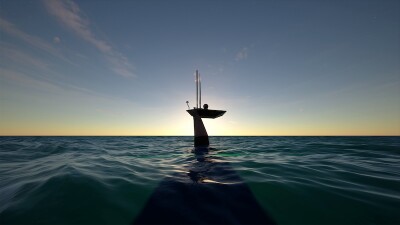Hurricane season is upon us but it is so quiet in the Gulf of Mexico that one can be excused for forgetting about it. I had, until I returned to some work undertaken a few years ago by the National Center for Atmospheric Research and the Georgia Institute of Technology, supported by the Department of Energy.
It’s a sobering study of hurricanes and their effect over the past 50 years. It also predicts what hurricanes might look like in the next 50 years. Lest you have forgotten the 2005 hurricane season, 111 offshore production platforms and a number of mobile drilling units were destroyed by hurricanes Katrina and Rita. Offshore oil and gas production in the GOM fell by as much as 40% and wasn’t fully restored until early the next year. Evacuation costs for those two storms alone were estimated to be as high as $500 million. Fortunately, no lives were lost offshore.
These are all good reasons to remember that hurricane season is serious business and to take heed of current forecasts. Those forecasts are a mixed bag. Recent projections call for the same frequency, or a decrease, in hurricane occurrence in the GOM. But the hurricanes should have higher average winds. A higher proportion should be Category 4 or 5.
In light of these findings, a subsequent research project has been launched to estimate the effects of future, stronger hurricanes and devise ways to mitigate their damage. Targeted topics will include long-term planning, immediate response factors, facilities and equipment design and strategies to minimize environmental and safety risks. These are all steps in the right direction.
The studies are commendable and provide a road map of sorts, but in the end we are dealing with fickle Mother Nature. The reports discussed above note that their confidence level for individual GOM basin predictions is low. Therefore, as one who has been caught offshore in a hurricane, I would recommend an additional response — don’t analyze, don’t wait to see what develops — just run, run, run.




